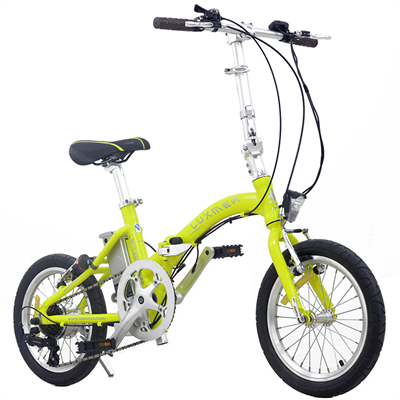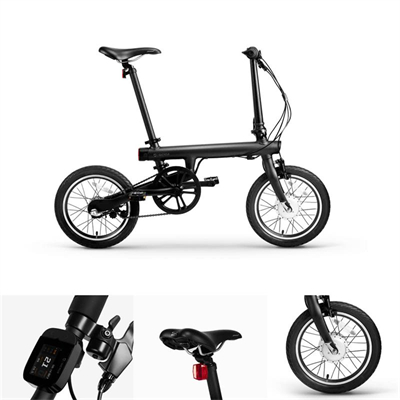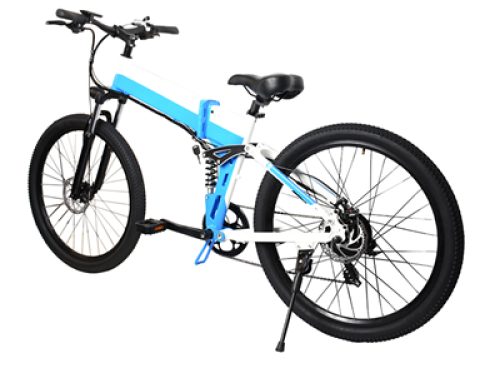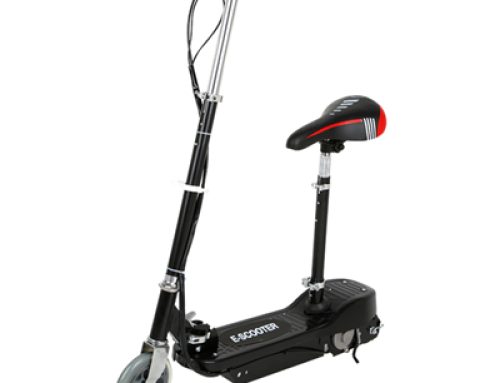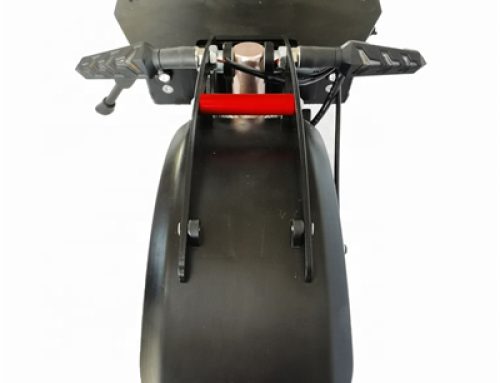Choosing the perfect hoverboard involves considering several factors to ensure that it meets your needs, preferences, and safety requirements. Here’s a step-by-step guide to help you select the right hoverboard:
- Safety Considerations:
- UL Certification: Look for hoverboards with UL 2272 certification, which indicates they have passed safety tests for electrical systems and fire hazards.
- Battery Safety: Check for reputable battery brands and ensure the hoverboard’s battery is UL-certified as well.
- Quality Components: Opt for models with quality materials, robust construction, and durable tires.
- Intended Use:
- Terrain: Consider where you’ll be riding the hoverboard—on smooth pavement, off-road trails, or a mix of surfaces.
- Distance: Determine how far you plan to travel on a single charge and choose a hoverboard with an appropriate range.
- Rider’s Weight:
- Ensure that the hoverboard’s weight limit is sufficient for the rider’s weight. Most hoverboards have weight limits ranging from 220 to 300 pounds.
- Speed and Performance:
- Check the hoverboard’s top speed to ensure it aligns with your comfort level and intended use.
- Battery Life and Charging Time:
- Evaluate the hoverboard’s battery life to make sure it can cover the distances you plan to travel.
- Consider the charging time of the battery. Faster charging can be convenient if you need to use the hoverboard frequently.
- Wheel Size and Type:
- Larger wheels (7-10 inches) provide better stability and can handle rougher terrain. Smaller wheels (6.5 inches) are more suitable for smooth surfaces.
- Features and Technology:
- App Connectivity: Some hoverboards come with smartphone apps that allow you to monitor battery life, adjust riding modes, and more.
- LED Lights: LED lights not only enhance visibility during nighttime rides but also add a stylish element.
- Budget:
- Set a budget range and explore hoverboards within that range. Remember that higher-quality models might have a higher upfront cost but can offer better performance and safety.
- Brand Reputation:
- Choose hoverboards from reputable brands known for producing safe and reliable products. Research customer reviews and feedback to gauge the brand’s reputation.
- Warranty and Customer Support:
- Check the warranty duration and what it covers. A good warranty indicates the manufacturer’s confidence in their product.
- Research the manufacturer’s customer support quality in case you need assistance in the future.
- Local Regulations:
- Be aware of local laws and regulations regarding hoverboard usage, as they may vary from place to place.
- Test if Possible:
- If possible, try out different hoverboards to assess their comfort, responsiveness, and overall feel before making a decision.
Remember that the “perfect” hoverboard will depend on your individual preferences and needs. It’s important to prioritize safety, quality, and suitability for your intended use. By considering these factors, you’ll be better equipped to make an informed decision and find a hoverboard that provides an enjoyable and safe riding experience.
